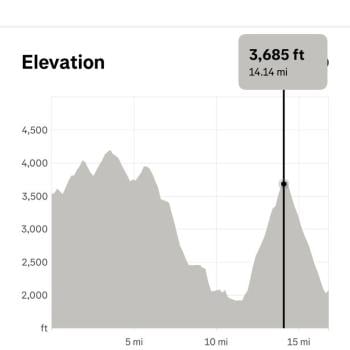It has been far too long and I kinda fell off the horse before Memorial Day and then June escaped me.
This week, a short piece on blood sugars.
We have all been there, “hangry”, it is one of my core questions when asking why a child or an adult act in an off manner, is the person hungry? Why do we get angry when we are hungry? The short answer is our blood sugar drops, but what does that mean? In this week’s post, I will address the role of sugar or insulin in the body’s processes.
Here are some facts about blood sugar:
- Glucose is a nutrient from food that enters the bloodstream as sugar-containing foods are digested and absorbed by the gastrointestinal system. It can also be released from the body’s cells into the bloodstream when blood sugar levels are low.
- The glucose from food travels to cells in the body to be used for energy.
- The body strives to maintain a normal amount of glucose in the bloodstream
- Insulin, made by the pancreas, is like a key that “unlocks” the cells to allow the glucose to enter in. If not enough insulin is present or it doesn’t work properly, the glucose gets “locked out” of the cells and builds up in the bloodstream.(Taken from https://www.acefitness.org/education-and-resources/lifestyle/blog/6779/know-your-numbers-blood-sugar-and-hemoglobin-a1c/)
- A blood sugar level less than 140 mg/dL (7.8 mmol/L) is normal. A reading of more than 200 mg/dL (11.1 mmol/L) after two hours indicates diabetes. A reading between 140 and 199 mg/dL (7.8 mmol/L and 11.0 mmol/L) indicates prediabetes.
So how do we control blood sugars?
The Centers for Disease Control (CDC) offers these guidelines for controlling blood sugars:
- Keep track of your blood sugar levels to see what makes them go up or down.
- Eat at regular times, and don’t skip meals.
- Choose foods lower in calories, saturated fat, trans fat, sugar, and salt.
- Track your food, drink, and physical activity.
- Drink water instead of juice or soda.
- Limit alcoholic drinks.
- For a sweet treat, choose fruit.
- Control your food portions (for example, use the plate method: fill half your plate with non-starchy vegetables, a quarter with lean protein, and a quarter with a grain or starchy food).












